In the dynamic landscape of logistics and transportation, the standard container chassis height plays a pivotal role in ensuring seamless cargo movement. At CarMax Vehicle, we specialize in designing and manufacturing top-tier semi-trailers that cater to the nuanced demands of the global shipping industry. This guide delves deep into the intricacies of standard container chassis height, exploring its significance, standards, factors influencing its selection, and how CarMax Trailer stands out in delivering optimal solutions.
Table of Contents
- What is Container Chassis Height?
- Importance of Standardizing Chassis Height
- Global Standards for Container Chassis Height
- Factors Influencing Chassis Height Selection
- CarMax Trailer’s Approach to Chassis Design
- Comparative Analysis: CarMax vs. Competitors
- Technological Innovations in Chassis Manufacturing
- Maintenance and Safety Considerations
- Future Trends in Chassis Design
- Frequently Asked Questions (FAQs)
What is Container Chassis Height?
Container chassis height refers to the vertical measurement from the road surface to the top of the container when mounted on a chassis. This dimension is crucial as it ensures compatibility between containers and various transportation modes, including trucks, trains, and ships. The standard height facilitates efficient loading, unloading, and stacking of containers, thereby optimizing space utilization and operational efficiency.
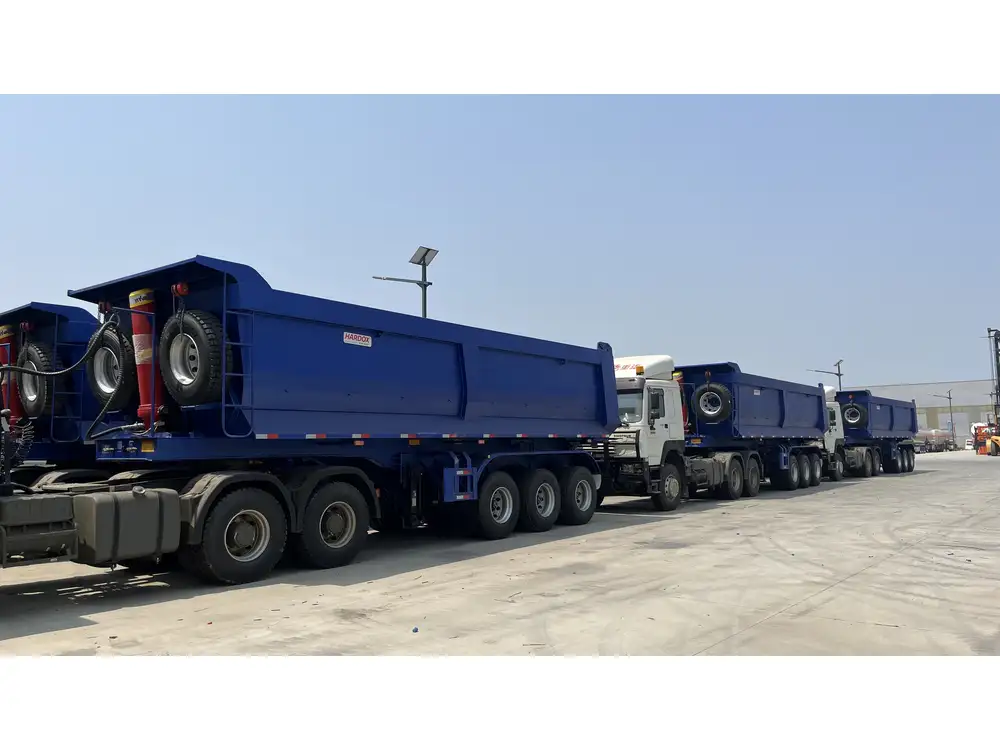
Key Components Influencing Chassis Height:
- Axle Placement: Determines the distribution of weight and affects the overall chassis height.
- Suspension System: Impacts ride comfort and stability, influencing the chassis height.
- Container Type: Different container designs may require specific chassis heights for optimal fit.
Importance of Standardizing Chassis Height
Standardizing chassis height is essential for several reasons:
- Interchangeability: Ensures containers can be transferred seamlessly across different transportation modes without the need for modifications.
- Safety: Maintains uniformity in height to prevent tipping, uneven loading, and potential accidents.
- Efficiency: Streamlines loading and unloading processes, reducing turnaround times at ports and logistics hubs.
- Cost-Effectiveness: Minimizes the need for specialized equipment or alterations, lowering operational costs.
Benefits of Standardization:
- Operational Consistency: Predictable performance across various terrains and loading conditions.
- Regulatory Compliance: Adheres to international transportation and safety standards.
- Enhanced Compatibility: Facilitates global trade by ensuring containers fit universally across different transport systems.

Global Standards for Container Chassis Height
Understanding and adhering to global standards is paramount for manufacturers and operators in the logistics sector. Several international bodies define the specifications for container chassis height to maintain uniformity across borders.
Key Standards:
- ISO (International Organization for Standardization): Defines dimensions and tolerances for container chassis to ensure global compatibility.
- UNECE (United Nations Economic Commission for Europe): Sets regulations regarding vehicle dimensions, including chassis height, to harmonize transport across European countries.
- CSA (Canadian Standards Association): Provides guidelines specific to North America, ensuring chassis height aligns with regional transportation infrastructure.
Standard Height Specifications:
| Continent | Standard Chassis Height (mm) |
|---|---|
| North America | 4,594 – 4,600 |
| Europe | 4,595 – 4,600 |
| Asia | 4,594 – 4,600 |
| Australia | 4,600 |
Note: Heights may vary slightly based on specific regional requirements and container types.
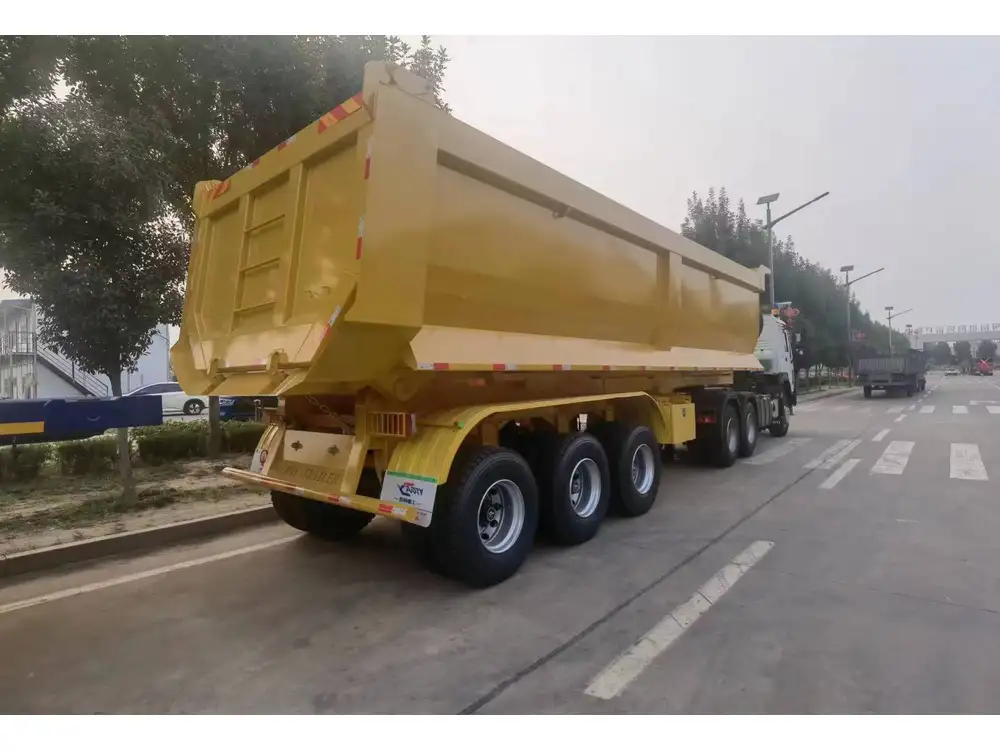
Factors Influencing Chassis Height Selection
Selecting the appropriate chassis height involves a comprehensive analysis of various factors to ensure optimal performance and compliance with standards.
Key Considerations:
- Container Dimensions:
- Standard containers (20ft, 40ft) have predefined height requirements to align with chassis specifications.
- Load Distribution:
- Even weight distribution is critical to maintain stability and prevent undue stress on the chassis and transportation infrastructure.
- Terrain and Road Conditions:
- Chassis height must accommodate varying road elevations and surface conditions to ensure smooth transit.
- Transportation Mode:
- Compatibility with trucks, trains, and ships requires chassis height to be versatile yet standardized.
- Regulatory Requirements:
- Compliance with local and international transportation laws is non-negotiable, influencing chassis height design and selection.
Impact on Performance:
- Fuel Efficiency: Proper chassis height can influence aerodynamics, thereby affecting fuel consumption.
- Durability: Correct height selection reduces wear and tear, extending the lifespan of both chassis and container.
- Safety: Ensures balanced loading, minimizing the risk of accidents during transit.
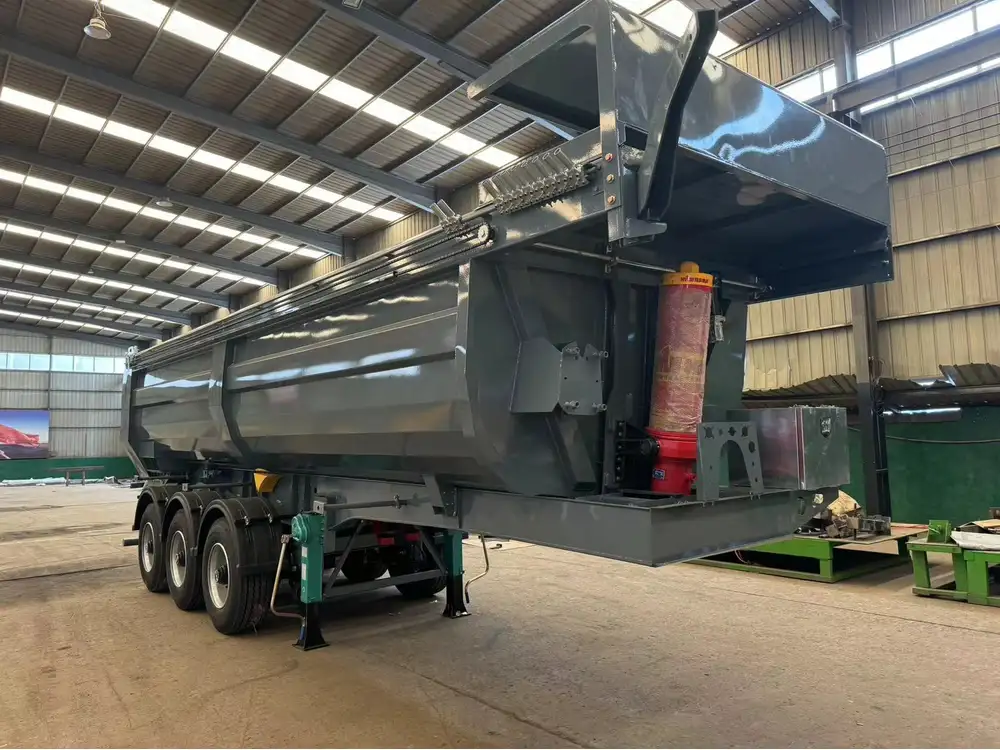
CarMax Trailer’s Approach to Chassis Design
At CarMax Vehicle, we prioritize precision and innovation in designing our CarMax Trailers to meet the highest standards of chassis height. Our approach encompasses the following principles:
Precision Engineering:
- Advanced CAD Systems: Utilization of cutting-edge computer-aided design tools to achieve exact measurements and tolerances.
- Quality Materials: Selection of high-strength steel and durable alloys to ensure structural integrity and longevity.
Customization and Versatility:
- Adjustable Features: Provision for adjustable chassis heights to accommodate various container types and load requirements.
- Modular Design: Enables easy customization and scalability, allowing modifications based on specific client needs.

Compliance and Testing:
- Rigorous Testing Protocols: Comprehensive testing under diverse conditions to ensure compliance with global standards.
- Certification: All CarMax Trailers undergo certification processes to validate adherence to ISO, UNECE, and CSA standards.
Sustainable Practices:
- Eco-Friendly Manufacturing: Implementation of sustainable practices to minimize environmental impact.
- Energy Efficiency: Design considerations that enhance fuel efficiency and reduce the carbon footprint of our semi-trailers.
Comparative Analysis: CarMax vs. Competitors
To provide a clearer understanding of where CarMax Trailer stands in the market, let’s compare key aspects with leading competitors.
| Feature | CarMax Trailer | Competitor A | Competitor B |
|---|---|---|---|
| Standard Compliance | ISO, UNECE, CSA | ISO, Regional | Regional Only |
| Customization | High | Moderate | Low |
| Material Quality | Premium Steel Alloys | Standard Steel | Lower Grade Steel |
| Technological Integration | Advanced CAD, IoT Enabled | Basic CAD | Limited Tech |
| Sustainability | Eco-Friendly Practices | Partial | Minimal |
| Warranty | 5 Years Comprehensive | 3 Years Limited | 2 Years |

Highlights:
- Customization: CarMax offers unparalleled customization options, allowing clients to tailor chassis heights and features to specific needs.
- Material Quality: Our use of premium steel alloys ensures greater durability and performance compared to standard or lower-grade materials used by competitors.
- Technological Edge: Integration of advanced technologies like IoT in CarMax Trailers provides real-time monitoring and enhanced operational efficiency.
- Sustainability Commitment: CarMax’s eco-friendly manufacturing practices set us apart in reducing environmental impact.
Technological Innovations in Chassis Manufacturing
Embracing technological advancements is essential for staying ahead in the competitive market. CarMax Vehicle leverages several innovations to enhance chassis design and functionality.
Key Innovations:
Internet of Things (IoT) Integration:
- Enables real-time tracking of chassis performance and condition.
- Facilitates predictive maintenance, reducing downtime and extending chassis lifespan.
Advanced Materials:
- Utilization of high-strength, lightweight materials to improve fuel efficiency without compromising durability.
- Incorporation of corrosion-resistant coatings to enhance chassis longevity.
Automated Manufacturing Processes:
- Deployment of robotics and automation in production lines for precision and efficiency.
- Ensures consistent quality and reduces manufacturing errors.
Smart Suspension Systems:
- Adaptive suspension systems that adjust to varying load weights and road conditions.
- Enhances ride comfort and stability, minimizing the risk of accidents.
CAD/CAM Technologies:
- Precision design and simulation using computer-aided design (CAD) and computer-aided manufacturing (CAM) tools.
- Enables rapid prototyping and iterative design improvements.
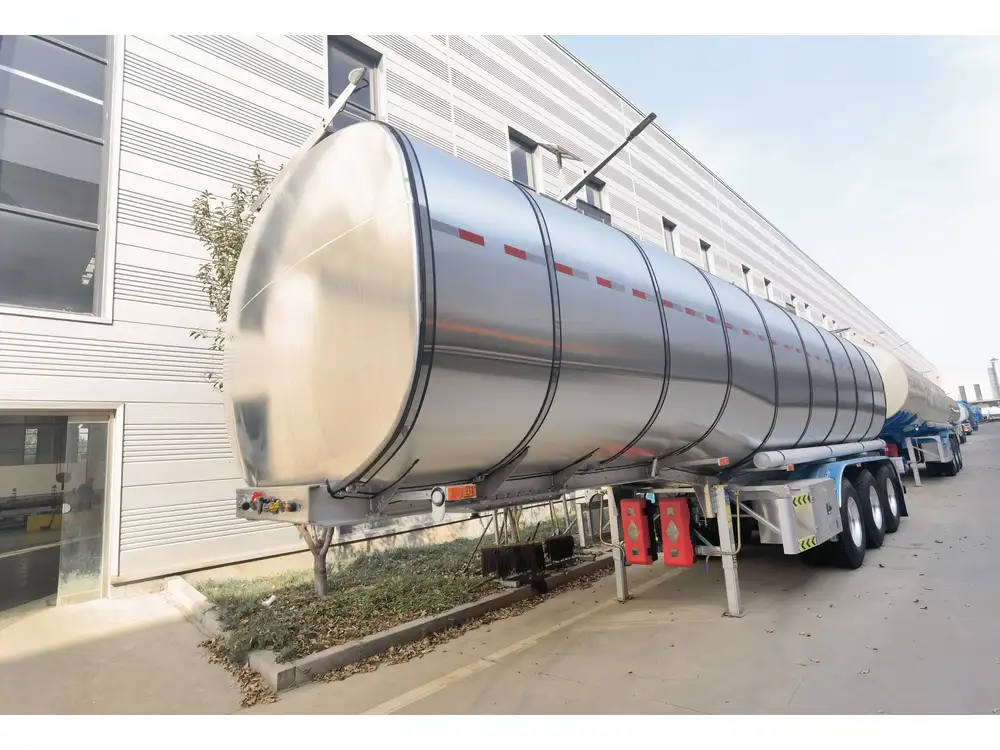
Benefits of Technological Integration:
- Enhanced Performance: Improved chassis function and reliability through smart technologies.
- Cost Efficiency: Reduced maintenance costs and longer chassis lifespan.
- User Convenience: Greater ease of monitoring and managing chassis conditions via integrated systems.
Maintenance and Safety Considerations
Proper maintenance and adherence to safety protocols are crucial for ensuring the longevity and safe operation of container chassis.
Maintenance Best Practices:
Regular Inspections:
- Routine checks for structural integrity, especially after long hauls or challenging terrains.
- Inspection of critical components like axles, suspension systems, and brake assemblies.
Lubrication and Cleaning:
- Regular lubrication of moving parts to prevent wear and tear.
- Keeping the chassis clean to avoid corrosion and accumulation of debris.
Timely Repairs:
- Addressing any signs of damage or malfunction promptly to prevent escalation.
- Utilizing genuine parts and components for replacements to maintain quality.
Documentation and Record-Keeping:
- Maintaining detailed records of maintenance activities for accountability and tracking purposes.
- Facilitates compliance with regulatory requirements and quality standards.

Safety Protocols:
Load Securing Practices:
- Ensuring cargo is properly secured to prevent shifting during transit.
- Utilizing appropriate tie-downs and securing mechanisms tailored to chassis height.
Driver Training:
- Providing comprehensive training to drivers on handling chassis and loaded containers.
- Emphasizing the importance of maintaining proper speed and maneuverability based on chassis height.
Compliance with Safety Standards:
- Adhering to national and international safety regulations to minimize risks.
- Implementing safety features like anti-lock braking systems (ABS) and stability control.
Role of CarMax Trailer:
CarMax Trailers are engineered with safety in mind, featuring robust construction, advanced suspension systems, and integrated safety features to ensure secure and stable transportation of containers.
Future Trends in Chassis Design
The transportation industry is continually evolving, and chassis design must adapt to emerging trends and technological advancements.

Anticipated Trends:
Electrification:
- Development of electric semi-trailers with chassis optimized for battery placement and weight distribution.
- Enhancing energy efficiency and reducing carbon emissions.
Autonomous Technology:
- Integration of autonomous driving systems necessitates chassis designs that support advanced sensors and navigation tools.
- Improving safety and operational efficiency through automation.
Lightweight Materials:
- Increased use of composite materials and aluminum alloys to reduce chassis weight without compromising strength.
- Enhancing fuel efficiency and payload capacity.
Modular and Adaptive Designs:
- Chassis designs that allow for easy reconfiguration and adaptation to different container types and transportation modes.
- Facilitating flexible operations in a dynamic logistics environment.
Enhanced Connectivity:
- Greater integration of IoT and connectivity features for real-time monitoring and data analytics.
- Enabling smarter fleet management and predictive maintenance.
CarMax’s Vision for the Future:
At CarMax Vehicle, we are committed to staying at the forefront of chassis innovation. Our R&D team is actively exploring electrification, autonomous compatibility, and lightweight material integration to ensure our CarMax Trailers remain leaders in the industry.
Frequently Asked Questions (FAQs)
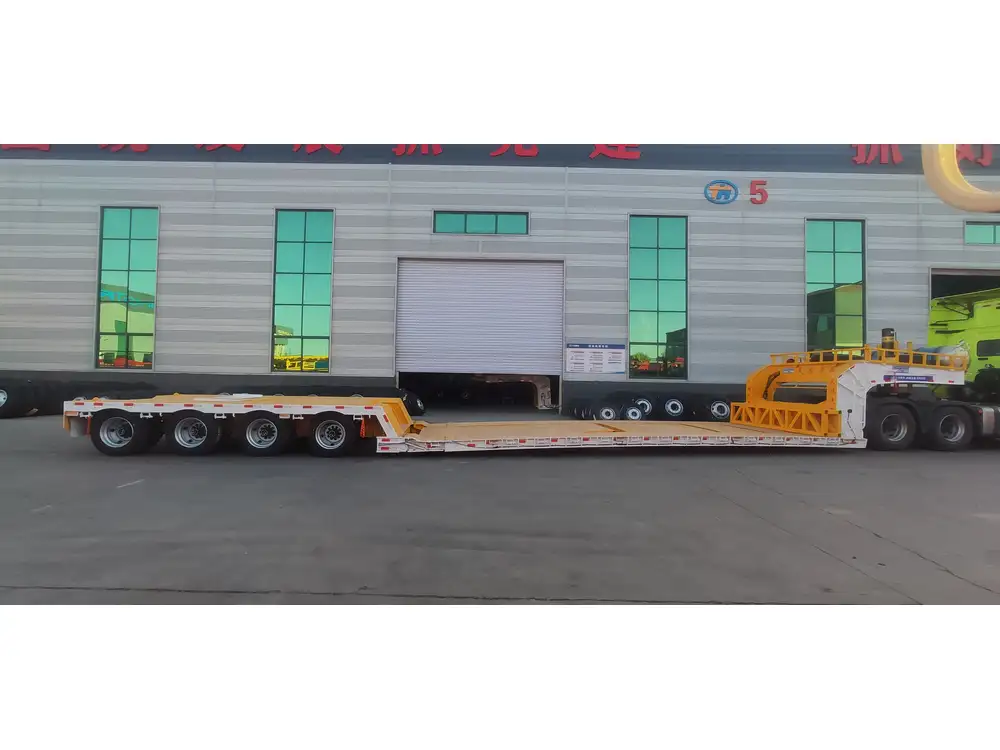
1. What is the standard height range for container chassis?
The standard container chassis height typically ranges between 4,594 mm to 4,600 mm, varying slightly based on regional standards and specific container types.
2. Why is chassis height important in container transportation?
Chassis height ensures compatibility between containers and various transportation modes, facilitates efficient loading and unloading, maintains safety by preventing tipping, and optimizes space utilization.
3. How does CarMax Trailer ensure compliance with international standards?
CarMax Trailers are designed and manufactured in adherence to ISO, UNECE, and CSA standards. Rigorous testing and certification processes are employed to validate compliance and ensure global compatibility.

4. Can CarMax Trailers be customized for different container types?
Yes, CarMax Vehicle offers customizable chassis designs that can be tailored to accommodate various container sizes and specific client requirements, ensuring versatility and optimal performance.
5. What maintenance practices are recommended for container chassis?
Regular inspections, proper lubrication, timely repairs, and adherence to safety protocols are essential for maintaining chassis integrity and ensuring safe operation. CarMax Trailers are designed for ease of maintenance, with readily accessible components and durable materials.
At CarMax Vehicle, we understand the critical role that standard container chassis height plays in the efficiency and safety of global logistics. Our commitment to precision engineering, technological innovation, and stringent quality standards ensures that CarMax Trailers are the optimal choice for your transportation needs. Whether you are managing local deliveries or international shipments, trust CarMax Vehicle to provide reliable, compliant, and high-performance chassis solutions.



